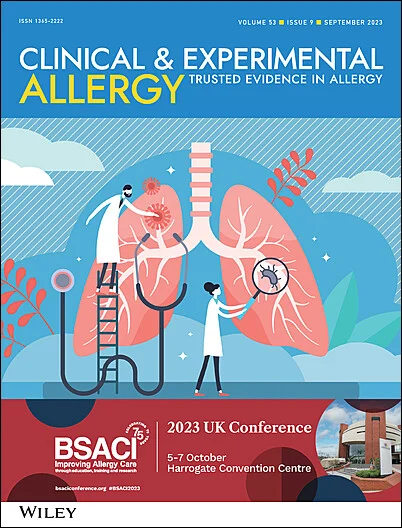NLRP1 Is a Prominent Inflammasome Sensor Found in Bronchial Epithelial Cells in Asthma and Can Be Activated by Rhinovirus A16
Abstract
Background
Asthma exacerbations are frequently triggered by human rhinoviruses (RVs). Among other pro-inflammatory responses, RV infection of airway epithelium promotes the activation of the inflammasome pathway, the role of which in asthma exacerbations and disease progression is still poorly understood.
Methods
Bronchial brushing or biopsy specimens were collected from asthma patients and control subjects. Functional experiments were performed in cultured human bronchial epithelial cells (HBECs) using RV-A16, poly(I:C), and siRNA transfection. Gene expression was analysed by RNA-sequencing, RT-qPCR, immunofluorescence, western blot or ELISA. Caspase-1 activity was evaluated using FAM-FLICA assay.
Results
The expression of NLRP1 was found to be the highest compared to other inflammasome sensors tested in brushed bronchial epithelium samples from asthma patients and control individuals, as well as in cultured primary HBECs. Additionally, we observed increased expression of CASP1 mRNA in bronchial epithelial cells from patients with neutrophilic asthma compared to those with paucigranulocytic and eosinophilic phenotypes. Changes in the expression of inflammasome pathway genes caused by RV-A16 infection were similar in HBEC cultures from asthma patients and controls, except for IL-1β, which showed increased response, and PYCARD, which exhibited decreased change in cells derived from asthma patients. Silencing of NLRP1 expression with siRNAs impeded RV-A16-induced activation of the inflammasome but had no effect on poly(I:C)-induced secretion of IL-1β and IL-18.
Conclusion
NLRP1 is highly expressed inflammasome sensor in both healthy and asthmatic bronchial epithelium and can be activated by RV-A16. RV-induced changes in the expression of inflammasome pathway genes suggest that there may be differences in HBECs derived from asthma patients, which may depend on the prevailing immunological phenotype of the disease.


 求助内容:
求助内容: 应助结果提醒方式:
应助结果提醒方式:


